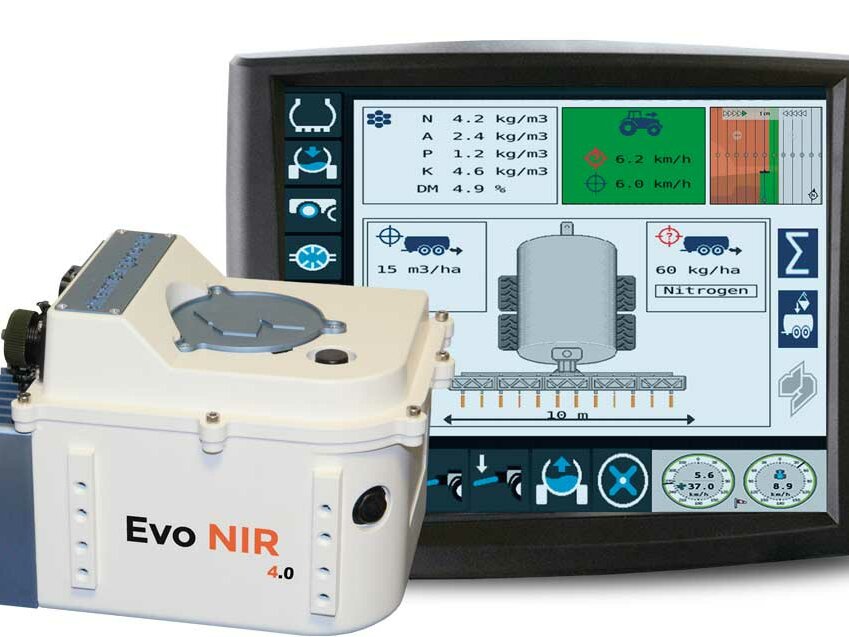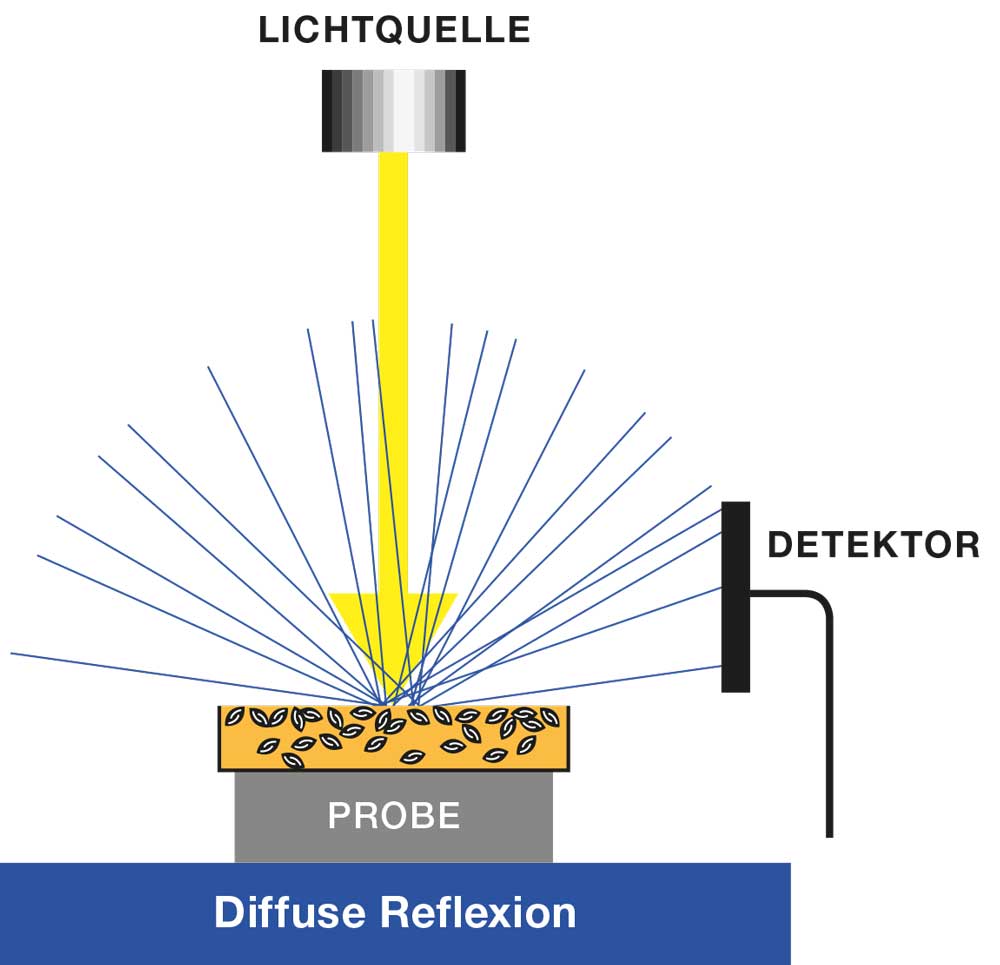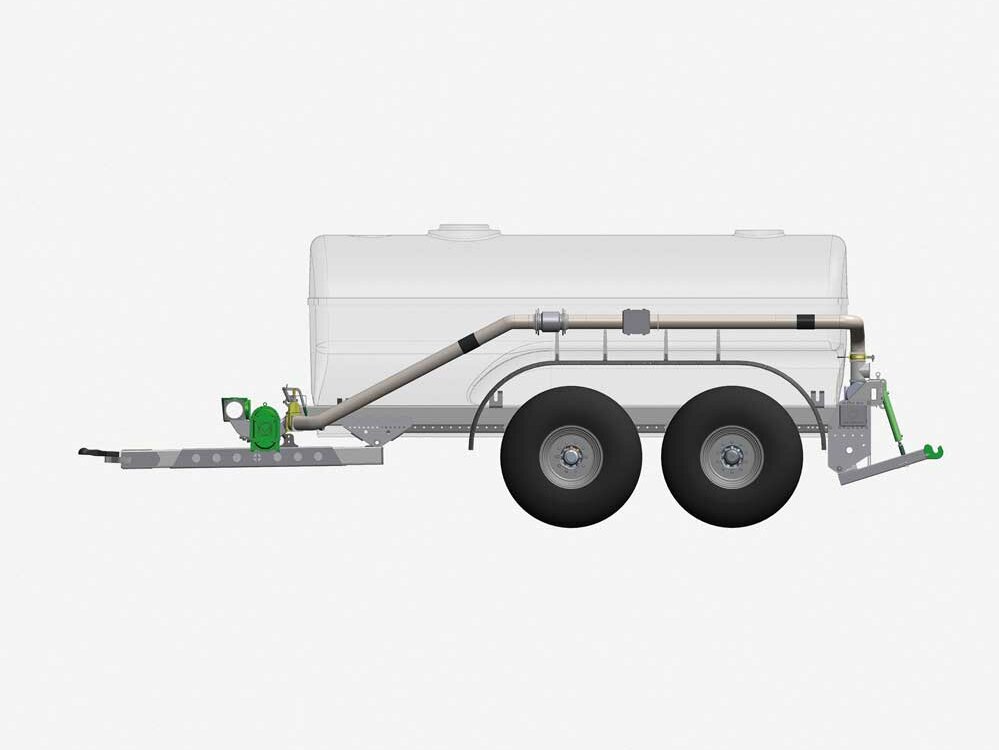Dinamica Generale EVO NIR 4.0: Expanded spectrum of applications
By Dr Ulrich Rubenschuh, DLG Test Centre for Technology and Farm inputs
Already during the first, development-accompanying measurements, the NIR sensor (NIR = near infrared) from Dinamica Generale was able to achieve recognition for the total nitrogen content in pig slurry. With version 4.0, new software versions and calibration models are now being used - with a significantly wider range of functions.
To list the major advantages of online measurement of slurry content would be to carry coals to Newcastle. But there are a few important points you should know if you are faced with the decision to invest an extra five-figure sum in a slurry tanker. For one thing, online measurements deliver their data immediately. So they are incredibly fast compared to the laboratory. In addition, individual federal states in Germany accept the measured values as documentation of needs-based application and compliance with the required upper nutrient limits. In this way, the potential inherent in farm manure can be used much better and more easily in practice. There is a lot of potential in the system, especially if the fertiliser application is split, i.e. if the basic supply is ensured by organic fertiliser and later in the vegetation period it is precisely followed up with mineral fertiliser. The soil is rewarded with stabilised humus formation, the environment is pleased that nutrients are largely kept in the cycle and the farm balance sheet is pleased with cost savings despite rising prices for mineral fertilisers.
Technology can be used widely
The Italian manufacturer Dinamica Generale from Poggio Rusco in Lombardy is no stranger to the industry, especially with regard to being a supplier for large-scale harvesting equipment manufacturers. Whether for forage harvesters, combine harvesters, balers, loading or fodder mixing wagons, the range of applications of the measuring technology for analysing dry matter and nutrient content is wide and even use as a stand-alone analyser is possible. Depending on the application, a calibration model adapted to the material to be analysed is used. Using the optional NIR Evolution Cloud software, which can be licensed free of charge for twelve months at the time of purchase, the calibration curves can be updated or even changed by the user.
The measuring principle of NIR spectrometry itself is simple to understand: The slurry flowing past is irradiated with infrared light from an integrated light source. Parts of the light are absorbed by the sample and re-emitted with a shift in the light colour, the remaining light is reflected. The reflected light is detected by an evaluation unit and broken down into its wavelength spectrum. The detected spectrum is then converted into electrical signals. The data thus obtained is processed in a microcomputer. In measurement mode, the NIR sensor from Dinamica Generale outputs measured values every second after a data calculation in the stored calibration model. Depending on requirements, average values for user-defined time intervals or live values in real time can be displayed.
Results of the test
For the new EVO NIR 4.0, Dinamica Generale gives a measuring range of 1.5 - 12.5 % dry matter (DM), 1.0 - 9.5 kg/m³ total nitrogen (Ntotal) and 0.5 - 4.5 kg/m³ K2O in pig slurry (calibration model 908). The calibration model 907 for cattle slurry can determine, slightly deviating, 2.0 - 15.0 % dry matter (DM) and 1.0 - 9.0 kg/m³ total nitrogen as well as the P2O5 content in the range of 0.0 - 4.0 kg/m³.
In the tests carried out jointly with the Landwirtschaftliche Lehranstalt Triesdorf, Germany, five individual samples, as different as possible, were measured and sampled on different farms for each type of manure (cattle and pig slurry). For this purpose, a partial quantity of 3 to 5 m³ is pumped into a measuring tank from the previously stirred slurry store.
In the tests in cattle and pig slurry, the NIR sensor from Dinamica Generale met the DLG requirements for accuracy in determining the contents noted in the test marks for the respective slurry type. Specifically, when comparing the sensor values with the results from the laboratory analysis, three of five pairs of values were within a tolerance range of a maximum of 25 % relative deviation and no measured value exceeded a relative deviation of 35 %. The flow rates were varied during the measurements, which showed no influence on the sensor readings.
Conclusion
The EVO NIR Analyzer 4.0 with SW 4.6.3 from Dinamica Generale S.p.A. was able to demonstrate in the DLG test that it can determine the ingredients in cattle and pig slurry in accordance with the accuracy required in the DLG test framework for DLG recognition. With the calibration model 907 for cattle slurry, measurements of total nitrogen, dry matter and P2O5 are possible; the calibration model 908, optimised for pig slurry, also delivers the values with this above-average accuracy for total nitrogen and for K2O.
Further details can be found in the test reports 7139 and 7140, which are available free of charge at www.DLG-Test.de.





